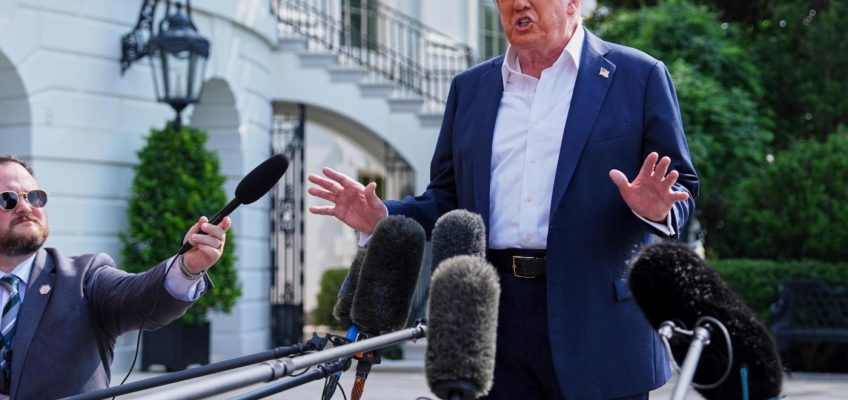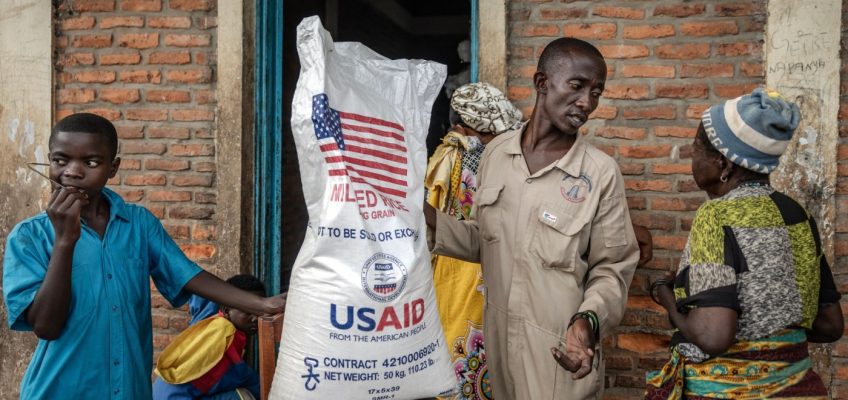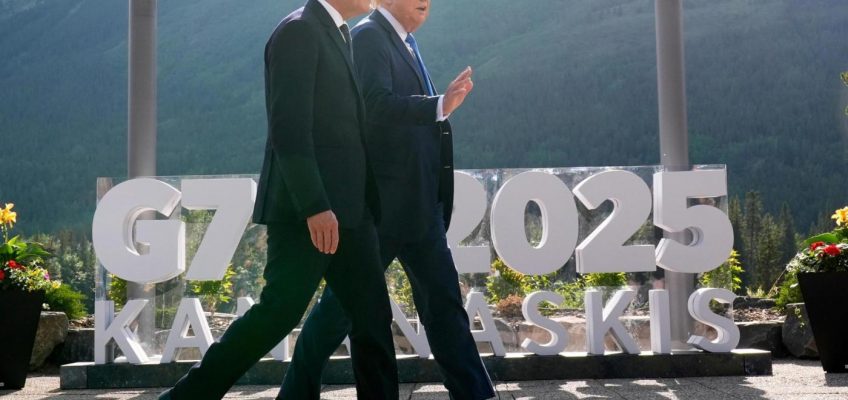DOYLESTOWN, Pa. (AP) — A Pennsylvania man who posted a video of his father’s severed head on YouTube was convicted of murder Friday.
Bucks County Judge Stephen A. Corr found Justin D. Mohn, 33, guilty in the January 2024 shooting death of his father at their home in the Philadelphia suburb of Levittown.
Prosecutors said Mohn shot his father, Michael F. Mohn, 68, with a newly purchased pistol, then decapitated him with a kitchen knife and machete. The 14-minute YouTube video he posted was live for several hours before it was removed. Mohn testified during the trial that he shot his father while trying to arrest him on what he said were false statements and treason but his father resisted, so he fired at him. He said he severed his head to send a message to federal workers to meet his demands, which included their resignation among other things.
FILE – This photo provided by the Bucks County, Pa., District Attorney’s Office shows Justin Mohn, the man accused of beheading his father in their suburban Philadelphia home in January 2024. (Bucks County District Attorney’s Office via AP, File)
Mohn was arrested later that day after scaling a fence at Fort Indiantown Gap, the state’s National Guard headquarters. Prosecutors said he called for others to join him in attempting to overthrow the U.S. government.
Mohn had a USB device containing photos of federal buildings and apparent instructions for making explosives when he was arrested, authorities said.
He also expressed violent anti-government rhetoric in writings he published online, going back several years. During the trial, the judge heard from Justin Mohn’s mother, who said police came to the house he shared with his parents and warned him about his online postings before the killing.
Denice Mohn testified that she and her husband had been offering financial support and guidance as Justin Mohn looked for a job.
Related Articles
Bitcoin tops $118,000 for the first time, and keeps on going
How US views of immigration have changed since Trump took office, according to Gallup polling
Wall Street poised to open lower Friday as Trump’s tariff letters spark investor anxiety
Today in History: July 11, the fall of Srebrenica
AI device startup that sued OpenAI and Jony Ive is now suing its own ex-employee over trade secrets
Prosecutors described the homicide as “something straight out of a horror film.” They said Justin Mohn killed his father — who had been an engineer with the geoenvironmental section of the U.S. Army Corps of Engineers’ Philadelphia District — to intimidate federal workers, calling it a “cold, calculated, organized plan.”
The YouTube video included rants about the government, immigration and the border, fiscal policy, urban crime and the war in Ukraine.
In court, Michael Mohn was remembered as a good neighbor and present, supportive father. In the video posted on YouTube, Justin Mohn described his father as a 20-year federal employee and called him a traitor.
During a competency hearing last year, a defense expert said Mohn wrote a letter to Russia’s ambassador to the United States seeking to strike a deal to give Mohn refuge and apologizing to President Vladimir Putin for claiming to be the czar of Russia. The judge ruled Mohn was competent to stand trial.
Evidence presented at the trial included graphic photos and the video posted to YouTube. The judge warned members of the public at the trial about the images and said they could leave before the photos were shown. The proceedings are known as a bench trial, with only a judge, not a jury.




